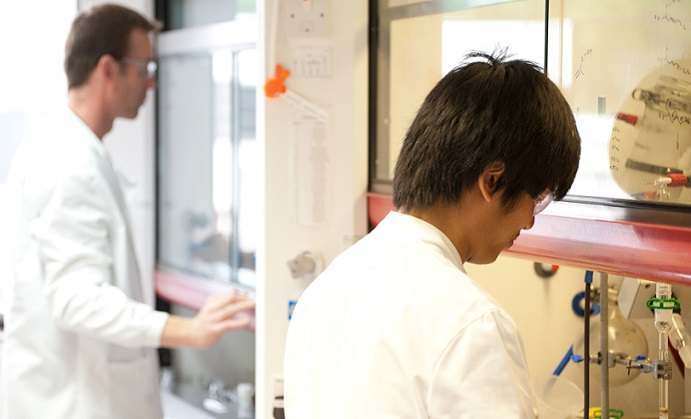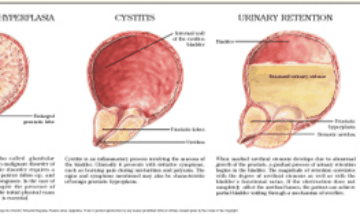The range of therapeutic options for the treatment of the enlarged prostate depends on the degree of progression, as well as potential physiological outcomes. Basic diagnostics can yield clues in choosing a favorable treatment. Lifestyle adaptations along with medication, and in some cases surgical intervention, are options on the road to recovery.
 Men in their 60’s are at increased likelihood of finding themselves with prostate difficulties. Even those with an enlarged prostate may not have a sense of any changes that would suggest a problem, so it can be challenging to get it diagnosed early when conditions for treatment are optimal. Early detection may mean that treatment can be non-invasive, even relying on basics like nutrition and lifestyle to diminish or eliminate the problem. However in some cases, when the prostate enlargement has been diagnosed as BPH, medical consultation with specialists will be necessary to prevent a serious decline in health.
Men in their 60’s are at increased likelihood of finding themselves with prostate difficulties. Even those with an enlarged prostate may not have a sense of any changes that would suggest a problem, so it can be challenging to get it diagnosed early when conditions for treatment are optimal. Early detection may mean that treatment can be non-invasive, even relying on basics like nutrition and lifestyle to diminish or eliminate the problem. However in some cases, when the prostate enlargement has been diagnosed as BPH, medical consultation with specialists will be necessary to prevent a serious decline in health.
Tips for Improving Prostate Health
- Do not attempt to delay urination. Be aware of the signals, and try to urinate even before the body sends a message.
- Avoid consumption of beverages containing caffeine, especially before bedtime.
- Drink plenty of water throughout the day, except before bedtime.
- Avoid medications with antihistamine or decongestant properties, which may aggravate the condition of the prostate.
- Exercise helps. Being active, whether walking or running, is a part of prostate health.
- Keep the body warm as much as possible throughout the day, without overheating.
- Increase strength in vital areas such as the pelvis. Kegal exercises, in particular, are well-suited.
- Reduce stress. Manage one’s own mental ambiance, even when it’s not possible to control external factors.
Medication Options
 Pharmaceuticals intended for the treatment of hypertension may also have a beneficial effect on prostate problems. Alpha-blockers like Alfuzosin, Doxazosin, Prazosin, Tamsulosin and Terazosin, relax the prostate and supporting muscle groups around the bladder.
Pharmaceuticals intended for the treatment of hypertension may also have a beneficial effect on prostate problems. Alpha-blockers like Alfuzosin, Doxazosin, Prazosin, Tamsulosin and Terazosin, relax the prostate and supporting muscle groups around the bladder.- Physicians frequently prescribe dutasteride and finasteride to reduce hormone production in the prostate. It facilitates urination and minimizes signs of BPH. It may take up to six months for benefits to be noticed. Treatments may cause reduced sex drive and possible impotency.
- Where there is chronic inflammation of the prostate, antibiotics may reduce inflammation and possibly infection.
- Some sources suggest Saw Palmetto as a natural alternative to synthetic compounds in treating BPH. While anecdotal evidence shows positive improvement, it not a usual treatment. However, its use and potential for benefit can be discussed with a physician, who will be able to check it in relation to the planned course of treatment.
Surgery
Surgery is reserved for patients showing the following symptoms:
- the presence of blood in the urine
- bladder stones
- chronic urinary tract infection (UTI)
- the decrease in kidney function
- urinary retention
- Incontinence
The surgical approach depends on the evolution of the problem.












